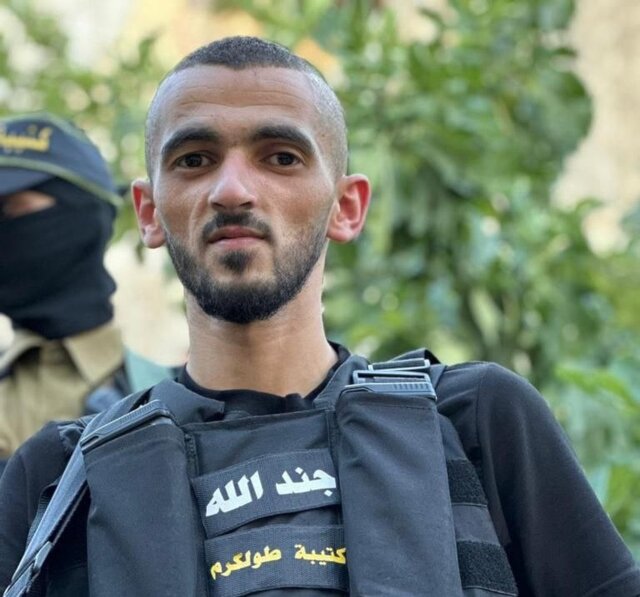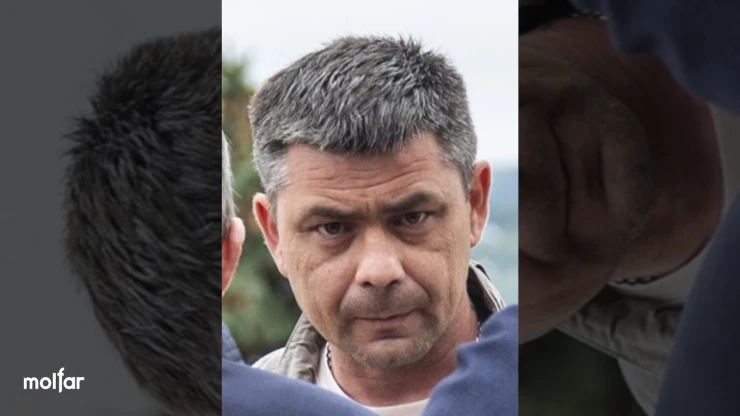Abdulkadir Commandos: Another al-Shabaab Commander Succumbs to Vigorous U.S. Air Campaign
Abdulkadir Commandos: Another al-Shabaab Commander Succumbs to Vigorous U.S. Air Campaign
On September 8, U.S. Africa Command confirmed the death of Abdulkadir Osman Yarow, a.k.a. Abdulkadir Commandos, a notorious commander of the Somali-based al-Qaeda affiliate al-Shabaab. Commandos was killed in an airstrike outside Saakow, in the Middle Juba region of southern Somalia, on August 25 (Goobjoob News, September 9). Sources within the Somali and U.S. militaries reported that Commandos was the intended target of the strike soon after the operation took place, but AFRICOM did not officially confirm this until two weeks later (Garowe Online, August 26; AFRICOM, September 8).
Commandos had an extensive history operating within militant circles in Somalia, holding leadership positions within multiple extremist groups before joining al-Shabaab. He was allegedly a soldier in the Somali Armed Forces before the central government’s collapse in 1991. He eventually became an active member of al-Ittihad al-Islamiya, an early al-Qaeda-linked extremist group that conducted terrorist attacks and actively fought against Ethiopia and the Transitional Federal Government (TFG) of Somalia (HACRS, August 28).
After al-Ittihad al-Islamiya disbanded in the early 2000s, Commandos became a leader of Jabhat Islamiya, which fought against Ethiopia and the TSG during the former country’s intervention in Somalia in 2006-2009. Jabhat Islamiya eventually merged with several other organizations to form Hizbul Islam in 2009, of which Commandos was a founding member. He was the head of training for Hizbul Islam (Strategic Intelligence [Nairobi], August 27). Hizbul Islam merged with al-Shabaab in 2010 (Garowe Online, August 27). Commandos pushed for the merger, an action that he might have later come to regret. His close associates, Ibrahim Afghani and Moalim Burhan, were later killed by al-Shabaab leader Ahmed Abdi Godane in July 2013 in an attempt to consolidate his control of the group. Sheikh Hassan Dir Aweys, an extremist leader currently under house arrest in Mogadishu who Commandos was close to ideologically, was also forced to flee and surrender to the Somali government during this time (HACRS, August 28; The Star, March 14, 2017).
Commandos’ position within al-Shabaab was downgraded as a result of his close association with the losers of the power struggle against Godane in 2013. His movements were temporarily restricted until his allies within the group’s military wing argued that his operational experience was needed by al-Shabaab (HACRS, August 28).
Commandos was involved in the planning of military operations and was relied upon by al-Shabaab to negotiate with clan leaders. Commandos was a senior commander within al-Shabaab, coordinating the group’s activities in the volatile region of Lower Shabelle in the country’s south. In addition to planning attacks against Somali and international forces, he managed the collection of taxes from the local populace (Strategic Intelligence [Nairobi], August 27; Garowe Online, September 10). Perhaps his role with the most long-term ramification for the region was as a military trainer. Commandos trained both regular fighters and members of the Jaysh al-Ayman, an elite unit al-Shabaab created to carry out attacks inside Kenya. He was involved in preparing hundreds of people for operations inside Kenya and Ethiopia over the past ten years from his base in the Lower Shabelle (HACRS, August 28).
The al-Shabaab commander was killed in a joint raid by the Somali National Army (SNA) and the United States. According to General Ismail Abdimalik of the SNA, Somali Special Forces (or Danab) approached a meeting of al-Shabaab militants in Saakow, killing “several.” Commandos was killed in a separate U.S. airstrike during the raid (Garowe Online, August 26).
Abdulkadir Commandos’ death represents another setback for al-Shabaab at the hands of the Somali National Army and the U.S. military. The United States has launched nearly 50 airstrikes this year, using these attacks to kill multiple senior al-Shabaab leaders. One such leader, Bashir Qorgab, was, like Commandos, killed near the town of Saakow, on February 22 (see MLM, April 2). Yusuf Jiis, a founder of al-Shabaab and high-ranking leader of the group, was killed in an airstrike on April 2 (North Africa Post, April 8). Commandos was involved in the mass training of new recruits and in military planning. He has been involved in insurgent movements in Somalia since the early 1990s. The loss of his years of experience could damage al-Shabaab’s operations in the short-term.
In the long-term, however, Commandos’ death is unlikely to have a large effect on the Somali insurgency. Despite the high tempo of airstrikes by the United States, al-Shabaab continues to frequently launch attacks in Mogadishu and the surrounding cities and towns. The group has maintained its revenue streams and continues to field a steady number of new recruits, and has demonstrated continued access to and ability to use improvised explosive devices. Though Commandos was a high-value target due to his direct connection to the training of al-Shabaab fighters, his death is unlikely to significantly reduce the Somali terrorist group’s core capabilities.


